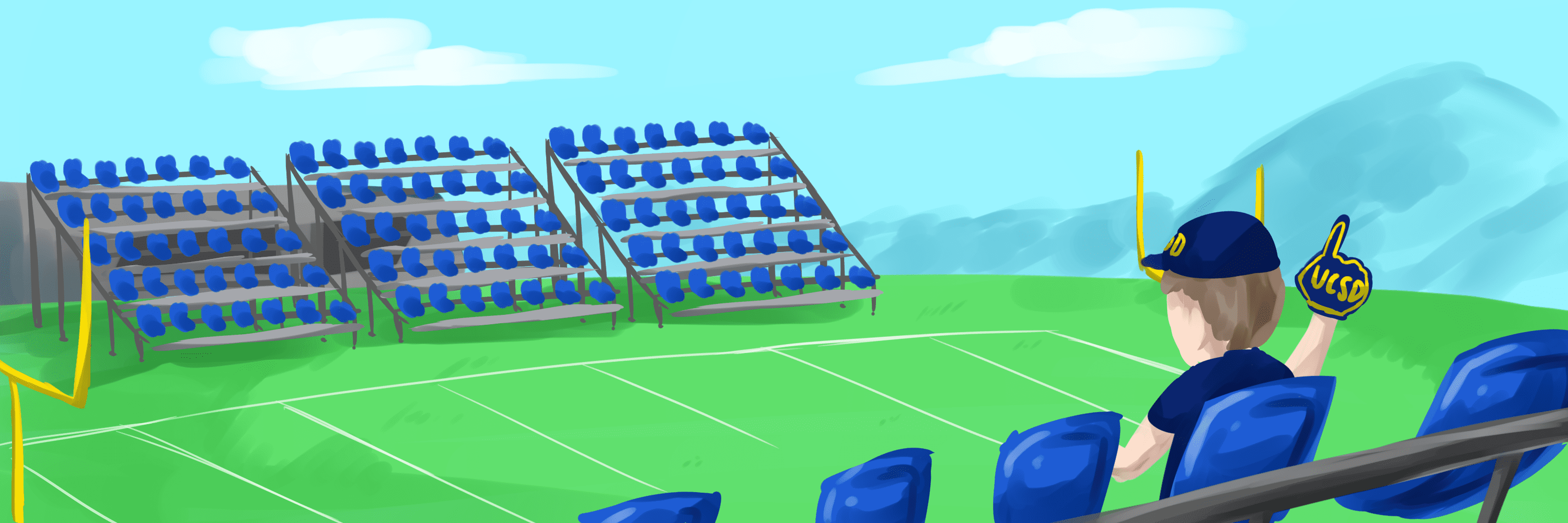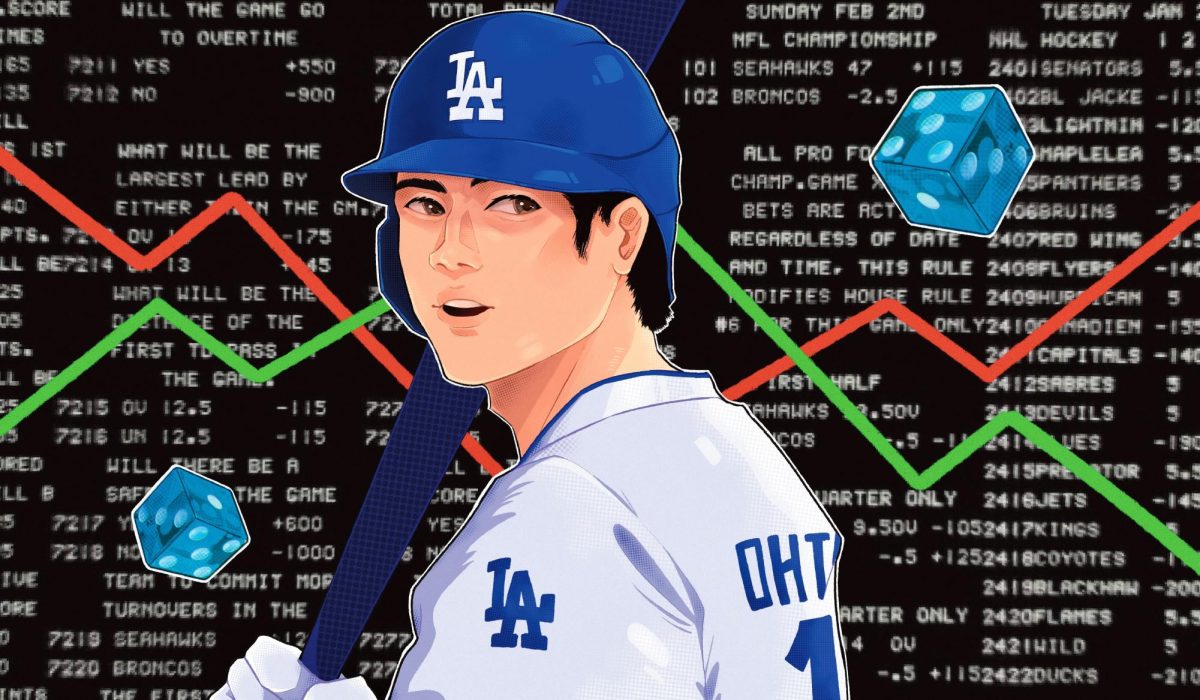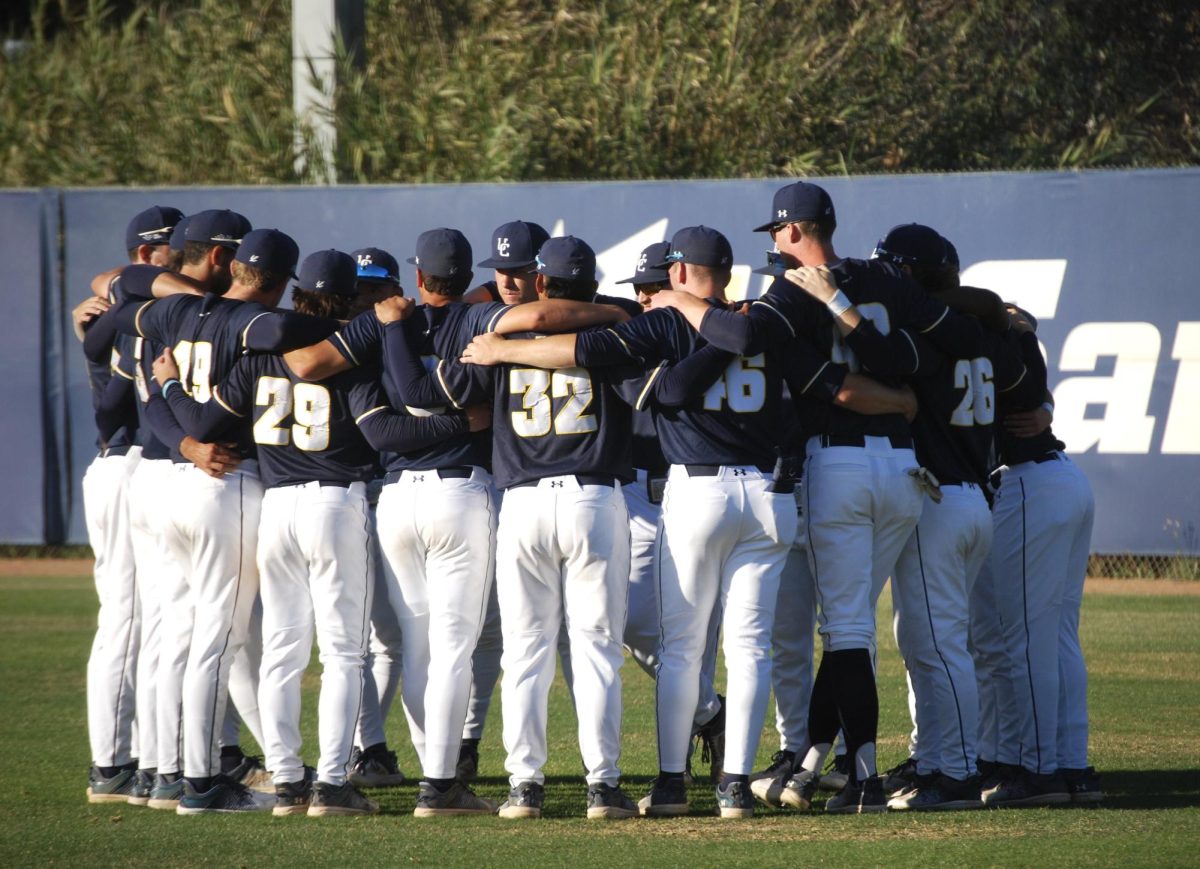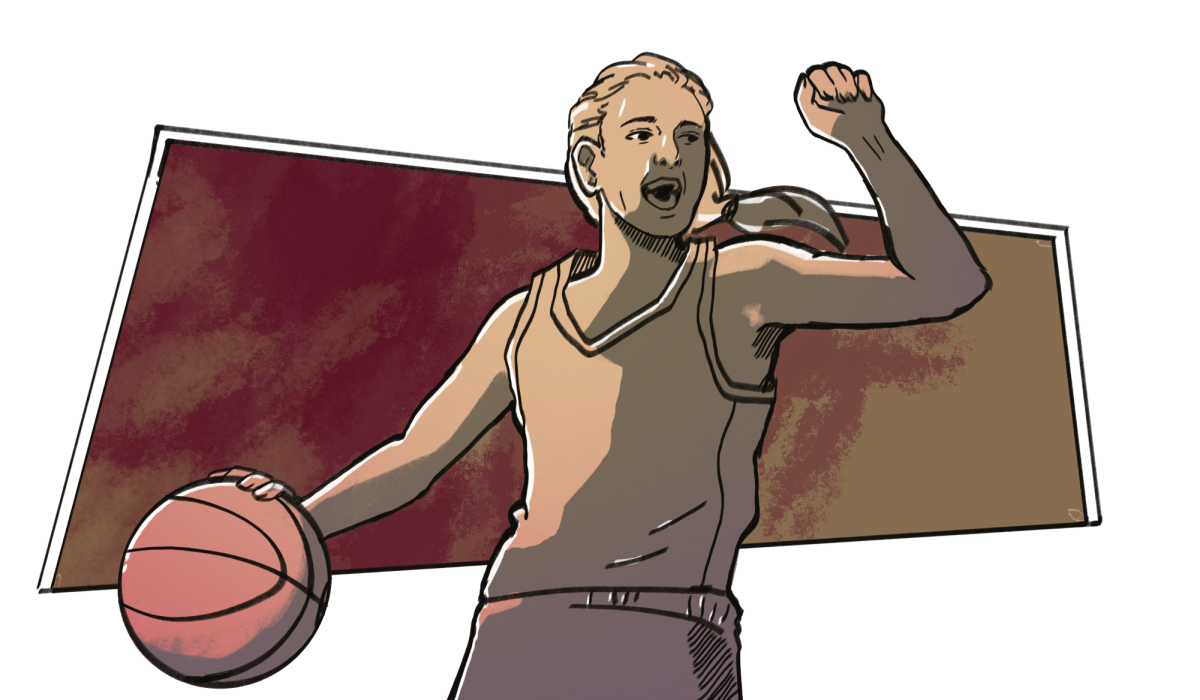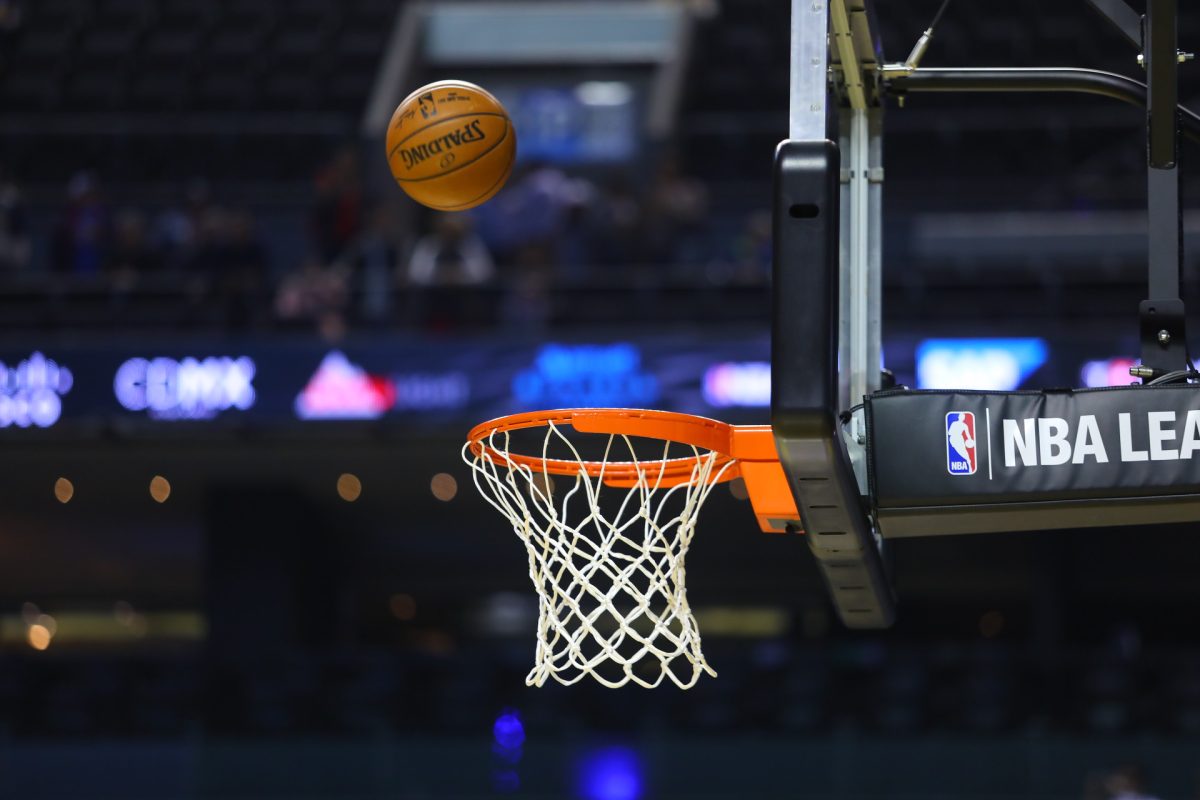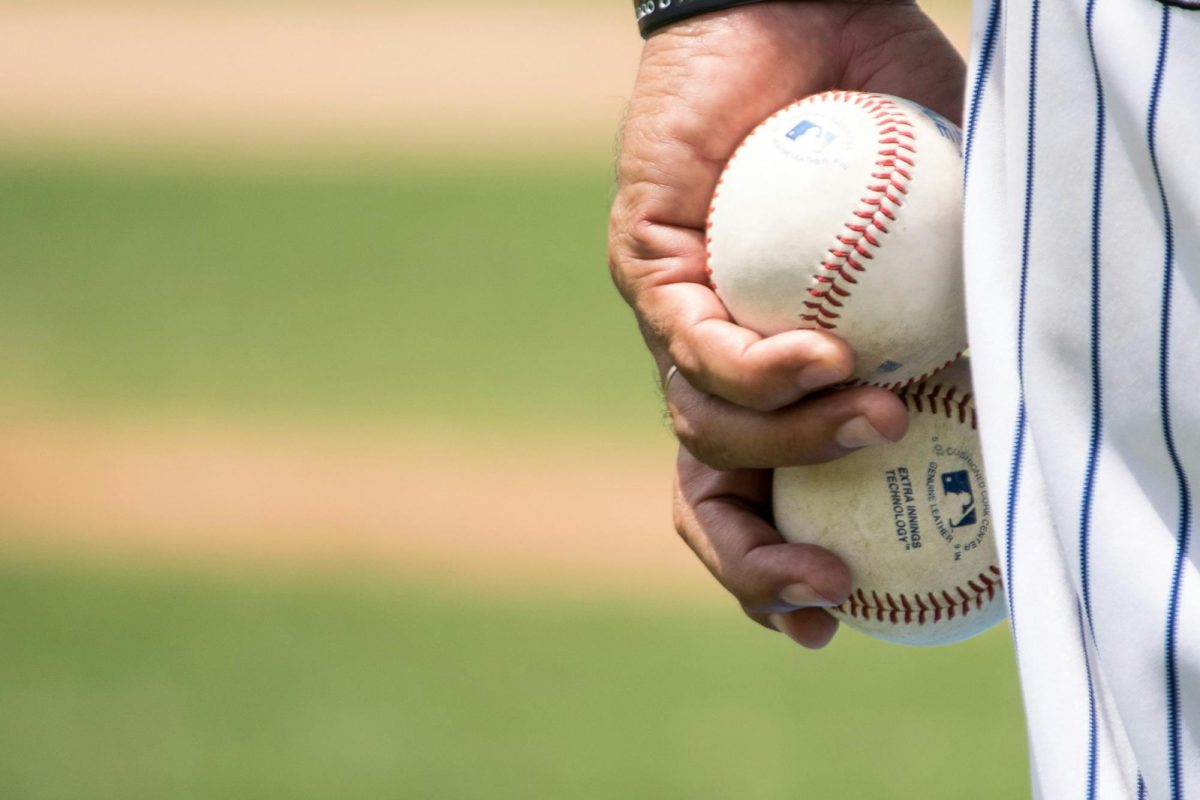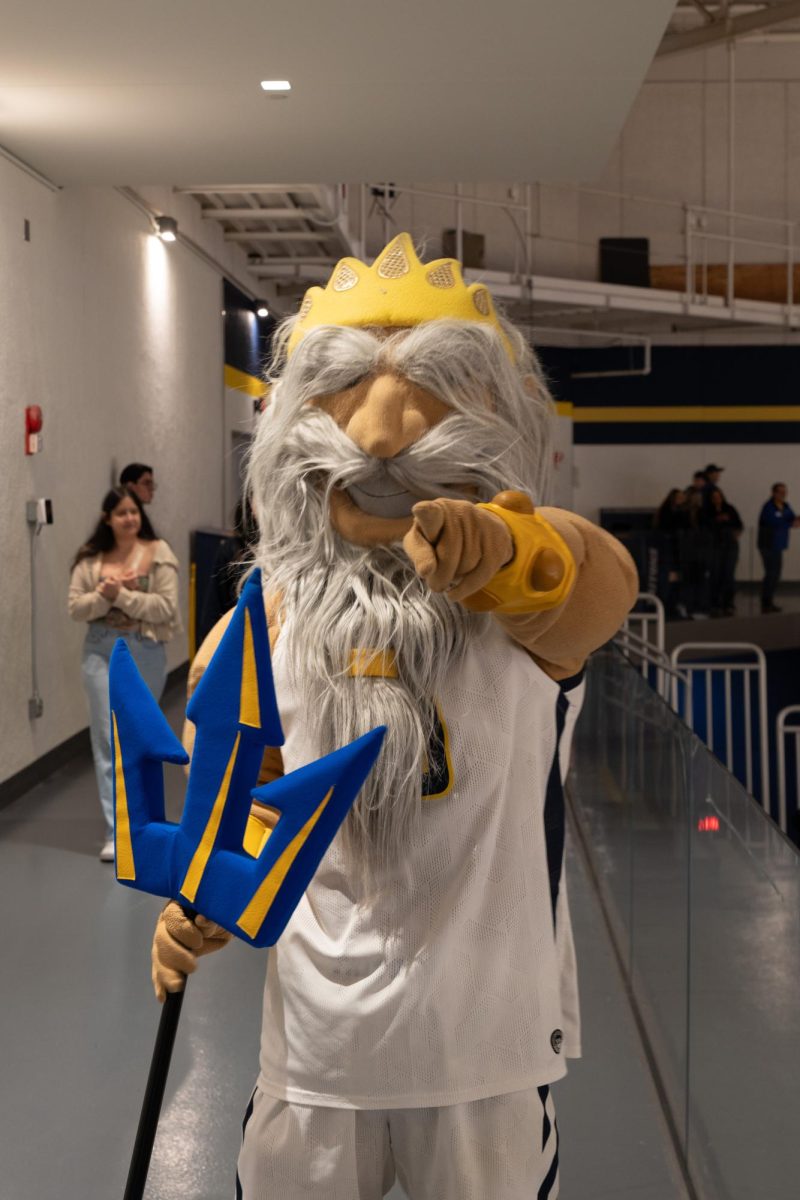Art Courtesy of Alex Liang/UCSD Guardian
Hi, I’m second-year sports editor Jack Dorfman. In this column, I’ll take a timeout from discussing specific UC San Diego coaches and student-athletes and instead tackle topics related to sports more broadly, whether at UCSD or within professional leagues.
The money in sports today is incredible. Professional athletes are some of the wealthiest people in the world and their cultural impacts are increasingly extending beyond the field of play. As salaries across all major sports continue to balloon, so too has the widespread celebrity of the athletes that make these games so popular even beyond their respective sports.
But even if all of the major sports are seemingly in the best economic periods of their histories, not all of these leagues have done an equal job of marketing their biggest stars. Nowhere is this more clear than in Major League Baseball.
While National Basketball Association and National Football League stars are starring in movies, venturing out into music careers, and publicly taking on societal issues while hanging out with mega-celebrities from the other branches of the entertainment world, the best players from MLB are far less visible on social media and really on any form of media.
Despite having similarly impressive physical abilities, athletes who choose baseball over other sports seemingly have a lower chance of broadly marketable fame, despite having arguably the best contracts in terms of guaranteed money and the longest season in the widest range of cities.
While this problem certainly has been around for more than just a few seasons, MLB players are becoming more vocal, especially this offseason, during which baseball players have become more of a national center of attention thanks to the Houston Astros cheating scandal.
Chief among the dissenters of the cheating scandal has been Trevor Bauer, a starting pitcher for the Cincinnati Reds who single-handedly has been the best in the bigs at promoting himself and extending his celebrity status into his own business. The MLB social media pages don’t work to promote the genius behind his actions, his skills, or the fiery passion for winning he possesses nearly as well as he does himself. And in my estimation, that really sets baseball apart from the other major sports, even at lower levels.
While Bauer, an All-Star caliber talent with a quirky personality, is not well-marketed, basketball and football players at the high school and collegiate levels have larger follower bases on social media. Bauer, a vocal players’ rights advocate, argues that some of these disparities in marketing success are a direct result of MLB’s own rules. While basketball players and football players are able to market themselves through whacky cleats and working out with celebrities, some of that ability is lost in baseball. MLB limits players to only three colors of cleats, except during the Players Weekend when all bets are off in terms of on-field fashion.
If MLB wants to attract fans, Bauer also feels that it needs to be more liberal in its videos, which can easily be found online or on social media, to show the impressive exploits of the players. In basketball and football, even at the lower levels, up-close and personal camera angles have helped make people feel like they are more a part of the highlights, especially when they are absolutely inundated with videos all over social media by major accounts like Bleacher Report.
The same sort of disparity exists in collegiate sports as well. Certain schools that have built a historically strong brand name receive a disproportionate amount of the coverage, and while some of that is deserving, I’d argue that at least some schools can make a bigger push to help promote their athletics.
At UC San Diego, students who live on campus get sports channels included in their Spectrum cable package, allowing them to watch San Diego State University Aztecs and professional San Diego sports without any additional cost. But the streams for many UCSD events not done through ESPN3 are not free for students, meaning that students who want a chance to watch their own school have a tougher time doing so.
I think that if these sorts of streams are made free and if students are given even more content to sift through, there could be a larger sports presence on campus at UCSD, and that’s a lesson that MLB could serve to listen to as well.


